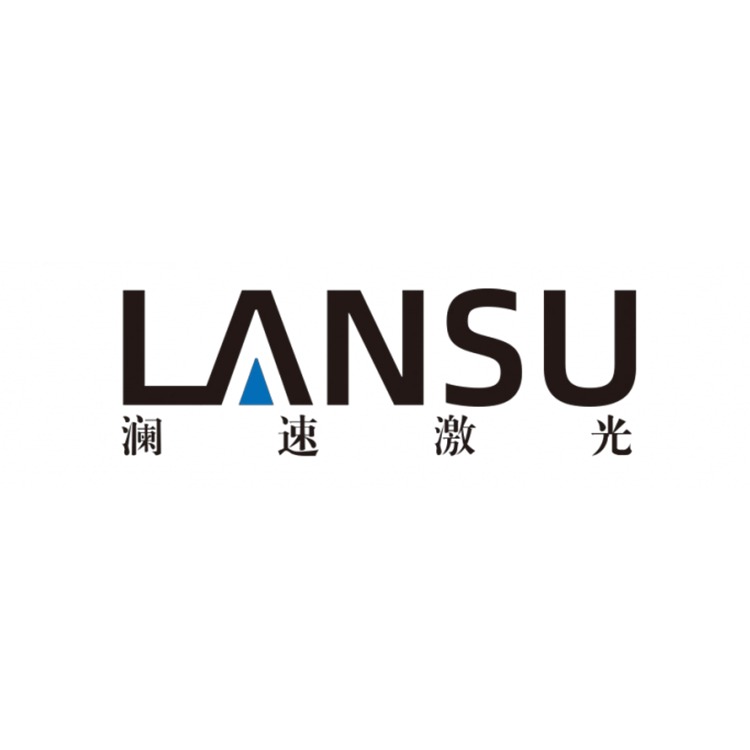In the field of electronic device manufacturing, printed circuit boards (PCBs) serve as fundamental components. The precision and efficiency of PCB manufacturing processes directly affect the performance and quality of electronic products. Laser marking machines, as advanced processing tools, have become deeply integrated into the PCB industry, offering distinct advantages that drive technological innovation and process optimization.
Principles and Classification of Laser Marking Machines
Working Principle
Laser marking machines utilize a high-energy-density laser beam to irradiate the surface of a workpiece, causing material vaporization or color-changing chemical reactions to produce a permanent mark. The focused laser beam forms a fine spot, functioning as a precision tool for high-accuracy marking, ranging from millimeter to micrometer scale. Taking the scanning-type laser marking machine as an example, the operator inputs marking data into a computer via dedicated software, which controls the laser and X-Y scanning system. The laser beam, expanded, collimated, and focused by an F-Theta lens, scans the PCB surface to complete the marking process.
Classification by Light Source
CO₂ Laser Marking Machine
This type uses carbon dioxide gas as the working medium, emitting laser light through glow discharge. The system is stable, powerful, and suited for marking or cutting non-metallic substrates such as wood, plastic, and glass. In the PCB industry, it is commonly used to process non-metal base materials.
YAG Laser Marking Machine
Utilizing a YAG crystal to emit near-infrared light, this laser is easily absorbed by metal surfaces, causing evaporation. It is widely used for marking the metallic parts of PCBs, offering stable performance and high-quality results.
Fiber Laser Marking Machine
Employing rare-earth-doped glass fiber as the gain medium, this laser system provides excellent beam quality, high precision, rapid speed, and low maintenance costs. It has become the most commonly used type in the PCB industry due to its versatility and efficiency.
Classification by Marking Method
Mask-Type Marking
This method consists of a laser, a pre-carved mask plate, and an imaging lens. The laser passes through the mask and is focused onto the material, achieving rapid marking. Although suitable for high-volume, high-speed production, it lacks flexibility and requires mask replacement for different content.
Dot-Matrix Marking
In this method, multiple lasers emit pulses simultaneously, which are reflected and focused to ablate the surface and form dot-based characters or patterns. While highly efficient for simple characters and serial codes, it is limited in resolution and unsuitable for intricate graphics or complex text.
Scanning-Type Marking
This mainstream method uses a laser controlled by software to scan across the PCB surface. It supports precise vector and bitmap marking, offering flexibility, high speed, and fine resolution. It is widely adopted for both standard and complex applications.
Applications of Laser Marking Machines in the PCB Industry
PCB Marking and Traceability
Laser marking machines are crucial for embedding essential information such as batch numbers, barcodes, and QR codes onto PCBs. These markings support traceability throughout the product lifecycle—from production to after-sales service—enhancing quality control and customer support.
PCB Surface Treatment
Coating Removal
Laser marking machines can precisely remove solder-resist coatings without damaging the underlying substrate. This process is essential for subsequent steps like welding or connector installation.
Micro-Processing
With electronic components trending toward miniaturization and high integration, PCBs require extremely fine surface treatment. Laser marking machines enable micron-level micro-structuring, such as micro-groove fabrication and fine vias on HDI boards, ensuring inter-layer connectivity.
PCB Drilling and Micro-Hole Processing
Laser marking machines, especially those using ultraviolet lasers, are ideal for drilling micro-holes. Compared to mechanical drilling, laser processing achieves high precision and smooth hole walls, preventing burrs and defects. This is particularly beneficial for high-density boards used in compact devices like smartphones.
Advantages of Laser Marking Machines in the PCB Industry
High Precision
Laser systems produce extremely small focused spots, enabling fine marking and micro-hole processing. This level of accuracy improves both the quality and functionality of PCBs.
Non-Contact Processing
Since the laser process is non-contact, it eliminates mechanical stress, avoiding damage to fragile substrates and maintaining the integrity of small or sensitive PCBs.
Minimal Heat-Affected Zone
The localized nature of laser energy ensures that surrounding materials are minimally affected. This helps maintain the electrical and physical properties of adjacent areas during treatments like surface cleaning or micro-hole drilling.
High Flexibility
Laser marking machines offer exceptional adaptability through software control. Marking content can be quickly changed without hardware modification, accommodating diverse production needs and frequent design updates.
High Efficiency
Especially in scanning-type systems, laser marking enables rapid and continuous processing of multiple PCBs, significantly enhancing throughput and reducing manufacturing time.
Challenges and Solutions in the PCB Industry
High Equipment Cost
Advanced laser marking equipment can involve substantial upfront investment. To mitigate this, businesses should select models based on production needs and budget constraints. As technology matures and market competition intensifies, equipment costs are expected to decline. Enterprises can also optimize machine utilization to spread cost across a greater production volume.
High Technical Requirements
Operating laser marking machines requires knowledge of optics, electronics, and mechanical systems. To ensure optimal performance and safety, companies must provide proper technical training for operators, covering operational principles, parameter configuration, and routine maintenance.
如需将此文用于官网、产品介绍手册或客户推介材料,我也可以协助制作专业版面和润色成更加商务化的口吻。需要的话可以继续告诉我。
